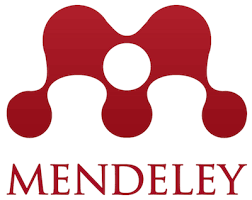Proses Komunikasi dan Kesesuaian Peran Pendamping Dalam Pelaksanaan Program Keluarga Harapan Di Kelurahan Karangtengah Kota Sukabumi
DOI:
https://doi.org/10.31294/jpr.v2i2.646Keywords:
The role of communication, PKH, policy implementationAbstract
Social welfare development is an inseparable part of national development. Social welfare also plays an active role in improving the quality of life of the Indonesian people. In achieving this social welfare, the government organizes the Family Hope Program (PKH), which is directed to become the epicenter and center of excellence for poverty reduction that combines various national social protection and empowerment programs. The communication has an important role in the implementation of policies. Policy will not run optimally without being balanced with effective communication from each of its elements. In this case, every stakeholder must be aware of and carry out an effective communication process, both from the government, assistants, to KPM. The purpose of this study was to determine and understand the role of communication in the implementation of government policies on the implementation of PKH in Karangtengah Village, Gunungpuyuh District, Sukabumi City, to understand the suitability of the role of PKH facilitators in carrying out their duties and functions, and to understand the implementation of local government policies regarding the PKH program in the Kelurahan. Karangtengah, Sukabumi City. The method used is qualitative. The results showed that communication between stakeholders was not well developed, PKH Facilitators had performed their duties and functions well for KPM, and KPM assessed that PKH implementation had been good.

















